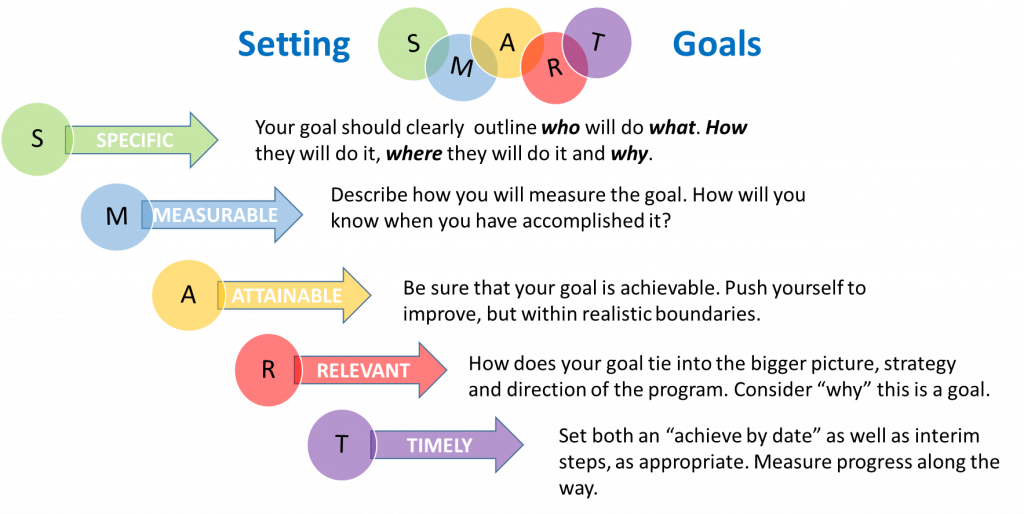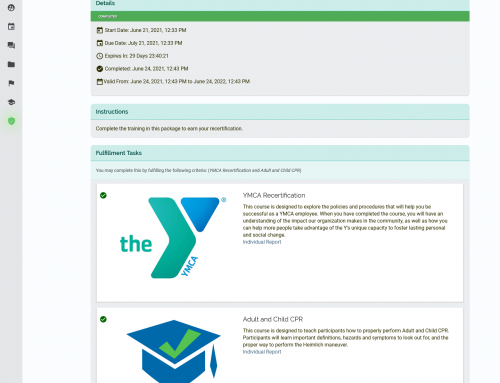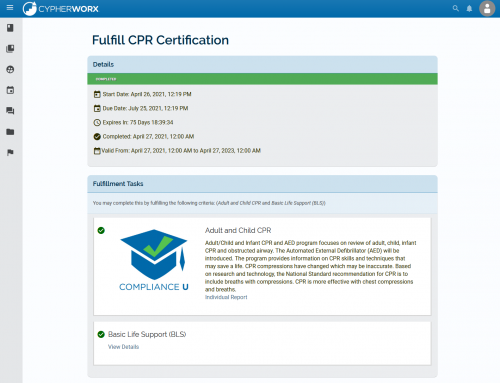Everyone wants a quality program. How do you achieve it? And how do you maintain that level of quality?
It begins with creating a culture that promotes and supports quality. Everyone needs to buy into the concept of wanting to improve, while also being willing to actively support the continuous improvement process. This includes a commitment from leadership to provide adequate resources to improve and implement changes within the program. And staff need to be realistic and patient so as to not expect everything at once. For many organizations this is a cultural shift that takes time. However, having a plan and timeline will help, along with regular communication and updates.
A good starting point is to involve the right stakeholders. Identify who should be a part of the quality improvement process, such as staff, children and youth, parents, any relevant community members, and, if your program is located in a facility management by someone else (like a school), then include a representative from the “Host Agency” as well.
Set a planning meeting to get started and set some ground rules and expectations. These will need buy-in from all members so they are followed and respected. Everyone’s input being heard and valued will be important to communicate. Regularly scheduled meetings should be set so times and days are known in advance and allow for planning by members.
As you begin to identify areas to focus on, some will be simple and easily implemented. Those should be completed and create some easy wins and accomplishments for the team. Others will take more time and need a more organized approach. This is where goals are useful, as well as improvement plans, which we’ll take about a little later.
Using the chart below, when creating goals, make sure they are SMART.

Read and re-read your goals to make sure they meet all aspects of a SMART goal.
Next is to make sure that the process is logical, organized, and monitored. Using a tracking chart can help make this process more manageable, but also put information in one place for review. A chart like the one below may be helpful, and can be easily modified to meet your specific needs. Typically it will include information such as:
- The goals
- Action steps that need to be completed to achieve each goal
- Who the lead person is who will be responsible for tracking and completing each goal
- Who else is on the team for each goal
- What, if any, resources are needed. (This may include financial, maintenance, supplies, contractor(s), etc.)
- The due date for completion
- A status update column to list where the process is at and what has been completed, as well as any roadblocks that have been encountered.
Here is a basic example to get you started:

As goals are completed be sure to celebrate these successes. In addition, have a system in place to monitor them to make sure the changes and improvements are sustained and further improvements made as necessary. You are now ready to jump in and put a system in place to ensure the children, youth and families you serve are getting your very best. And you have documentation to show them you heard their suggestions, and how you’ve implemented changes to improve the program, environment and services provided to their children.
CypherWorx offers training that focus on creating and maintaining a safe environment for children and youth in school-age-care programs. More information about this and other high-quality, affordable and easily accessible courses can be found online at https://collabornation.net/ostpd






